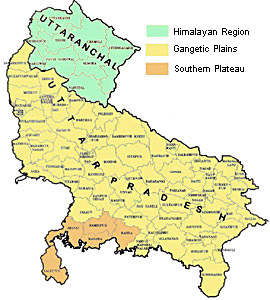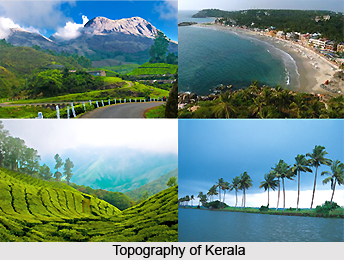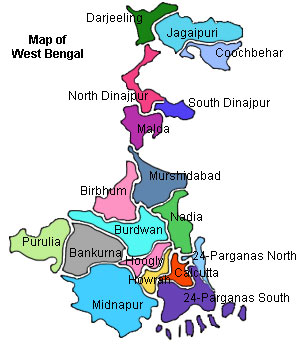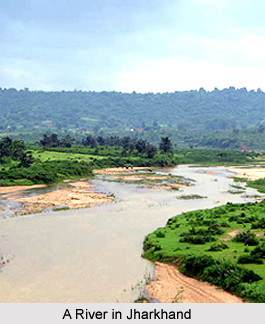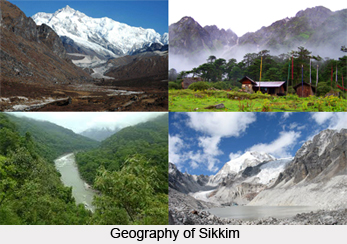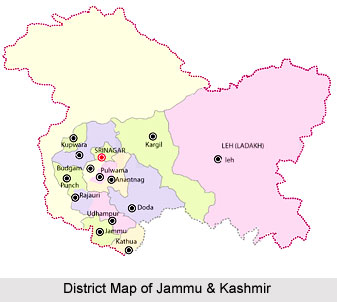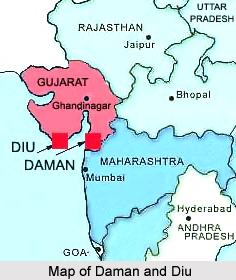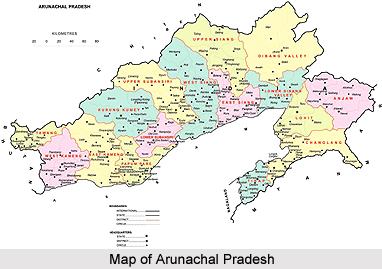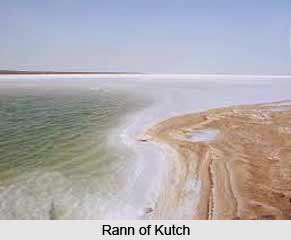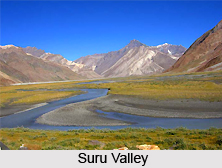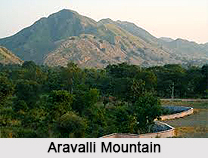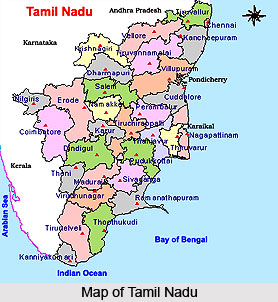 Tillanchong Island is a long silver island situated in the eastern part of the Central Nicobar group of islands in the Indian Union Territory Andaman and Nicobar Islands. It covers an area of about 17 square kilometres. Most of the time the island remains deserted. However once in a year when the season is fair, the place is visited by the Nicobarese people who possess the customary rights and speak a different dialect. These people have grouped themselves into joint family groups known as `Tuhets` and have shared the island resources among them. A number of regulations are followed by them about the conservation of Tillanchong Island as per the traditional beliefs and customs. It is in fact under the customary ownership of three large joint families of Central Nicobar who strictly follow these taboos and regulations associated with their mythic beliefs and customs.
Tillanchong Island is a long silver island situated in the eastern part of the Central Nicobar group of islands in the Indian Union Territory Andaman and Nicobar Islands. It covers an area of about 17 square kilometres. Most of the time the island remains deserted. However once in a year when the season is fair, the place is visited by the Nicobarese people who possess the customary rights and speak a different dialect. These people have grouped themselves into joint family groups known as `Tuhets` and have shared the island resources among them. A number of regulations are followed by them about the conservation of Tillanchong Island as per the traditional beliefs and customs. It is in fact under the customary ownership of three large joint families of Central Nicobar who strictly follow these taboos and regulations associated with their mythic beliefs and customs.
History of Tillanchong Island
It is believed that Tillanchong Island was first visited centuries ago by a man from Central Nicobar who was an early ancestor called `Lawaoh` and hailed from Trinket Island. Along with his friend named `Kotekleong`, belonging to Kakana village, he started a system of sharing coconut resources of the island. This also led to the evolution of taboos including the prohibition on hunting of birds and animals except fishes, turtles and wild pigs for food. Exploiting any species of flora of the island is also a taboo. Even if a snake bites a person, it cannot be killed.
Fauna of Tillanchong Island
Tillanchong Island is the home to a number of animal species. Many endemic bird species like Nicobar Parakeet, Andaman Wood Pigeon, Edible-nest Swiftlet, Glossy Swiftlet, Nicobar Sparrowhawk, Nicobar Megapode and others are also found here. The coral reefs of the island exhibit rich diversity but are still unexplored. Water Monitor Lizards and Saltwater Crocodiles are also the inhabitants of the island. A large male Saltwater Crocodile previously used to dwell in a small water body in the Tillanchong Island which was known for never harming any visitor.
Conservation of Tillanchong Island
Tillanchong Island has been declared as a wildlife sanctuary. The cultural practices of the Nicobarese people in the island are documented. The customary practices and taboos which are continuing in the island are quite remarkable as it plays a crucial role in the conservation of nature.
